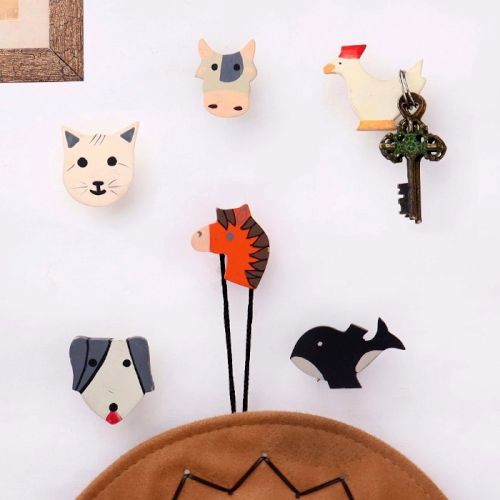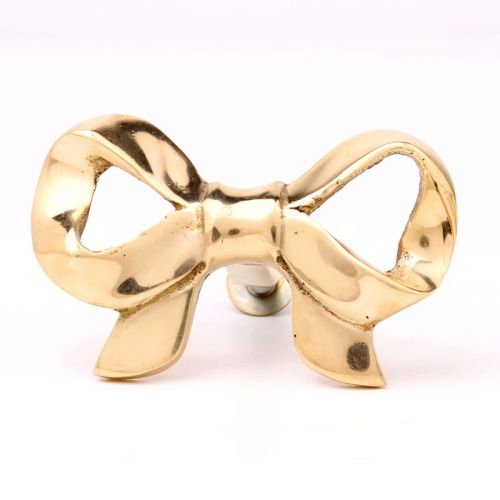-
Tray engraved with village South India Farming Scene Paddy Fields In Bell metal
- ₹ 9,000.00
- 1 In Stock
Timeless Vintage Trays and Plates for Stylish Living Spaces.
A vintage metal plate or tray is more than a dining accessory—it’s a timeworn canvas of heritage and craftsmanship. Typically made from brass, copper, or tin, these pieces trace their roots to colonial kitchens, princely homes, and traditional Indian households. Originating across cultures—from the ornate Persian-influenced plates of Mughal India to the rustic charm of British Raj-era serveware—each item holds echoes of a slower, deliberate past. Their purpose wasn’t just functional; it was ceremonial, decorative, and deeply cultural. Over time, they’ve transitioned from dining tables to collector shelves, still resonating with timeless grace and artisanal pride.
How is a vintage metal plate or tray different from modern or contemporary serveware?
The difference lies in soul. While modern serveware focuses on sleek lines, minimal weight, and efficiency, vintage metal plates and trays carry age, story, and weight—both literal and metaphorical. Each scratch is a memory, each patina a whisper of a past celebration or everyday ritual. Unlike the mass-produced uniformity of contemporary designs, vintage pieces are often hand-hammered, uniquely imperfect, and full of character. They weren’t just made—they were crafted. These objects slow you down, urging you to serve, eat, or decorate with intention rather than haste. They don’t just hold food—they hold history.
What are the different styles or types of vintage metal plates and trays?
Vintage metal serveware is wonderfully diverse. You’ll find deep thalis with concentric engravings, ornate trays with scalloped edges and filigree work, temple-style offerings with lotus motifs, or British-era flat trays with rimmed handles. Some are ceremonial—used in rituals and weddings—while others were used daily in homes or railway dining cars. There are Mughal-inspired round trays with inlay work, Rajputi hammered brass plates with tribal influences, and colonial platters that reflect Art Deco lines. Each style speaks of its place of origin—its utility shaped by the rhythm of daily life, its design shaped by its cultural backdrop.
What materials are commonly used in vintage metal plates and trays?
Most vintage plates and trays are forged from enduring metals: brass, copper, bronze, tin, and sometimes silver-plated alloys. Brass was popular in Indian kitchens for its heat retention and antibacterial qualities. Copper was preferred for its rustic aesthetic and healing touch, though it often required tin coating (kalai) for safety. Pewter, steel, and enamel-coated iron found space in British and European-influenced Indian households. The choice of metal often revealed status, region, and intended use—ritual, everyday, or celebratory. Over years, oxidation lent them their signature patina, creating the aged finish that vintage lovers treasure today.
What motifs or designs are common on vintage metal plates and trays?
Vintage designs often bloom from culture, mythology, and artisanal patterns. You’ll see lotus flowers symbolizing purity, peacocks for grace, elephants for prosperity, and sunbursts denoting energy. Geometric patterns—mandalas, concentric circles, or starbursts—were hand-etched, each line a meditative act. Mughal-style floral vines and Persian paisleys sit beside tribal dots or hammered grids. Many trays also featured script or family emblems, making each piece personal. The designs weren’t just ornamental—they told stories, held beliefs, and echoed rituals. Even wear and tarnish become part of their aesthetic, reminding us that beauty can be imperfect and still profoundly meaningful.
Where can I buy authentic vintage metal plates and trays online?
Authentic vintage metalware is best found where passion meets preservation. Platforms like Etsy, IndianShelf, Jaypore, and Okhai often curate genuine pieces, sourced from artisans or collectors. Some Instagram stores or vintage dealers offer one-of-a-kind finds with stories intact. Look for hand-hammered marks, patina, and detailing that show age. Check seller reviews, provenance (if mentioned), and avoid over-polished products that may have lost their vintage charm. Trust your eye—authenticity often hides in uneven textures and faded motifs. Buying vintage isn’t just commerce—it’s inheriting memory. Let your instinct respond to both beauty and history.
How can I incorporate a vintage metal plate or tray into a modern home or dining setup?
Vintage plates and trays blend beautifully with modern aesthetics when you let contrast be the language. Use a hand-engraved brass tray as a centerpiece on a minimalist dining table, or mount an oxidized copper thali on a plain wall for a bold rustic accent. Line them with candles, seasonal fruits, or ceramic bowls to layer textures. In the kitchen, they become spice stations or tea-serving platters. In bathrooms, they serve as elegant holders for soaps or incense. Their warmth offsets the cool tones of modern décor, making them conversation starters without overpowering the space.
How are vintage metal plates and trays preserved and celebrated today?
Preservation is a quiet reverence. Today, collectors and artisans alike are giving vintage metalware the space it deserves—through restorations, exhibitions, and curated collections. Families pass them down as heirlooms; designers reimagine them as decor or spiritual elements. Museums archive their craftsmanship, while conscious homes use them in rituals, everyday meals, or festivals. Their celebration lies in subtlety—not in perfection but in lived textures. People don’t just buy them—they adopt them, adding new memories to old metal. Each reuse, each respectful cleaning, becomes a way to say, "Your time isn’t over. You still belong."
How is vintage Indian metal plate and tray culture linked to sustainability?
Sustainability isn’t just a trend in Indian culture—it’s tradition. Vintage metalware exemplifies this beautifully. These plates and trays were made to last generations, not seasons. They age, not decay. Reusing a vintage tray means choosing circular living over disposable habits. They reduce plastic, inspire mindful serving, and resist breakage. The act of restoring, rather than replacing, is inherently sustainable. And because they often come from family lineages or local artisans, they carry ethical roots. In embracing them, we return to a lifestyle that respected earth, material, and longevity—far before “green” became a hashtag.
What are the best vintage Indian metal plate and tray gift ideas?
Gifting a vintage metal tray is gifting memory. A hand-etched brass thali can become a timeless wedding gift. A small engraved copper tray, paired with incense or artisanal sweets, suits festive occasions. Silver-plated serving platters add a regal touch to housewarmings. For minimalist lovers, a rustic iron plate with hammered edges speaks volumes in simplicity. Curate a set—perhaps with masala tins, a spoon, and a cloth napkin—to celebrate Indian culinary traditions. Each gift tells the recipient: this isn’t just metal—it’s story, sentiment, and style. A relic of the past, ready to add beauty to their future.
How can I identify an authentic vintage metal plate or tray?
Authenticity in vintage metal plates or trays lies in the subtle imperfections — faded engravings, patina, worn edges, and craftsmanship that modern tools seldom replicate. Look for hallmarks or maker’s stamps, often tucked away beneath or along the rim. Weight is another clue; older plates carry a certain heaviness. Study the design — floral motifs, colonial flourishes, or rustic symmetry often speak of their time. Above all, authenticity whispers, never shouts. It feels lived-in, storied, imperfectly beautiful. When held, an original vintage piece speaks — not in words, but in wear. Listen closely.
How do you clean and maintain vintage metal plates and trays?
Cleaning vintage metalware is a balance between care and reverence. Avoid harsh detergents or scrubbing tools that erase character. Use warm water, mild soap, and a soft cloth. For tarnished brass or copper, try a paste of lemon juice and baking soda, applied gently. Dry immediately to prevent oxidation. Polish sparingly, only to reveal its natural glow — not to make it look new. Store in dry, padded spaces to avoid scratches. Maintenance isn't about making it shine; it's about preserving its quiet dignity — the stories etched in every scratch, smudge, and crease of time.
How old does a metal plate or tray need to be to be considered “vintage”?
Typically, a metal plate or tray needs to be at least 20 to 30 years old to qualify as “vintage.” But age alone doesn’t define it — style, material, and cultural imprint matter too. A tray from the 1980s with distinct motifs or craftsmanship may hold vintage value, while a plain one from the '60s may not. In essence, vintage isn’t just time — it’s character shaped by time. It’s the difference between old and timeless. Like music, some pieces hit a note that lingers long after the decade passes. That’s when you know — it’s vintage.
Can I use vintage metal plates and trays for everyday serving or decoration?
Absolutely — but with awareness and affection. For serving, use food-safe vintage trays that aren’t overly tarnished or treated with harmful coatings. Brass, stainless, and enamelware often still hold up. Avoid acidic or hot foods unless the tray is in solid condition. For decoration, let them breathe life into corners — hung on walls, arranged on wooden counters, or layered into a rustic tablescape. They carry stories and soul. Using them daily is not just practical, but poetic — letting the past walk hand-in-hand with the present, one meal, one memory at a time.
What’s the difference between vintage and antique metal plates and trays?
The distinction rests mostly in time. “Vintage” typically spans 20–100 years old — think post-colonial brass trays, 1970s enamel plates, or mid-century serving platters. “Antique,” on the other hand, denotes 100 years or older — Mughal-era metalwork, Victorian platters, or even early colonial copper trays. Antiques are rarer, often fragile, and deeply tied to history. Vintage, while still storied, is a bit more accessible — familiar yet nostalgic. One whispers of heritage, the other hums of memory. Together, they form a timeline — of culture, craftsmanship, and care — etched in metal and time.
Are vintage enamelware or brass plates and trays safe for modern use?
Most vintage enamelware and brass trays are safe for use — if intact. Ensure enamel isn’t chipped, as exposed metal can leach. With brass, avoid serving highly acidic foods directly; they may react with the metal. A simple banana leaf or cloth liner can add charm while protecting both food and tray. For decorative or light serving purposes, they're perfect. Just inspect carefully — rust, loose fittings, or flaking enamel are red flags. Use them mindfully, not mindlessly. They're not just serveware; they’re artifacts — designed to be admired, respected, and occasionally, shared with joy.
How do I restore and maintain old vintage metal plates and trays?
Restoration begins with restraint. Don’t erase the past in search of shine. Gently remove dirt with warm soapy water and a soft brush. For oxidized areas, use natural polish — lemon and salt for brass, or vinegar for steel. Avoid abrasive scrubbing; patina is precious. If a handle is loose or a leg bent, consult a metal artisan — their craft honors the original form. For deeper preservation, store with silica packs or wrap in soft cloth. Think of it not as restoring to “new,” but as preserving the grace of what it’s grown into.
Are vintage metal trays suitable for small kitchens or compact spaces?
Absolutely — in fact, their charm often lies in their multifunctionality. Vintage trays can serve, stack, hang, or display — all without taking much space. A brass tray on a compact coffee table, a wall-mounted enamel plate as art, or a single hook holding a hanging tray can transform tight corners into character-rich nooks. They aren’t just objects; they’re solutions with soul. In small kitchens, where space is precious, vintage trays offer both function and heritage. They fold stories into spaces — gracefully, effortlessly, without shouting for attention.
What’s the average cost of a vintage metal plate or tray set?
The price of vintage metalware varies like its stories — shaped by age, rarity, material, and condition. A basic enamel tray might cost ₹500–₹1500, while an intricately carved brass plate or colonial-era piece can go up to ₹5000 or more. Sets command higher value, especially if cohesive in design. Online marketplaces, vintage fairs, and heritage stores often price them accordingly. But sometimes, the real worth isn’t in rupees — it’s in the detail, the wear, the soul it brings to a table or wall. A vintage tray isn’t just bought — it’s inherited, even if from a stranger.
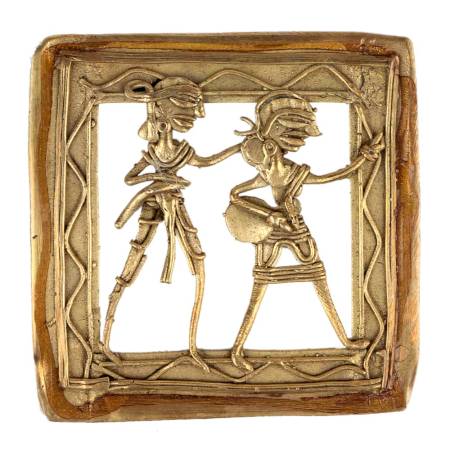
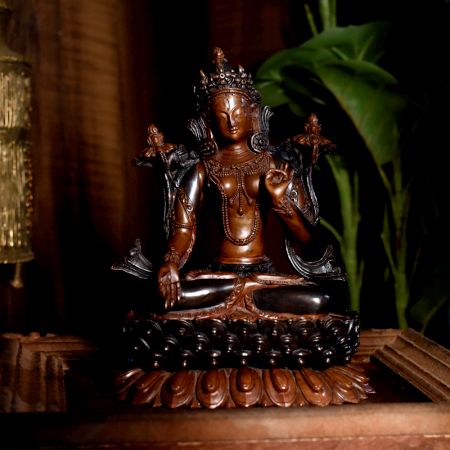
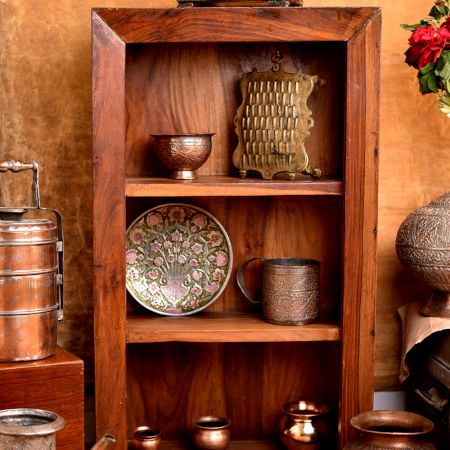
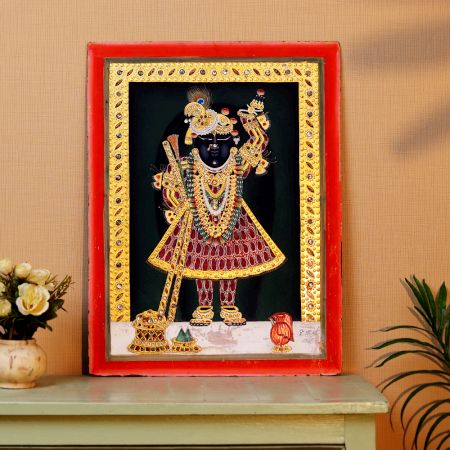
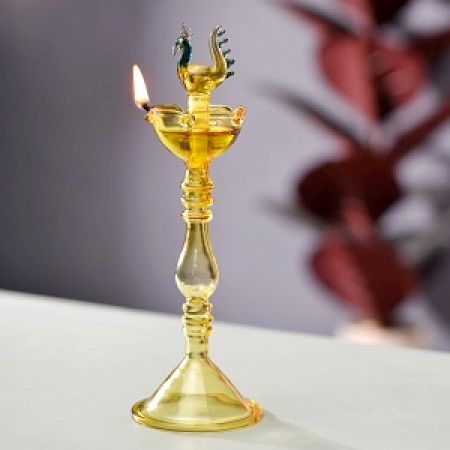
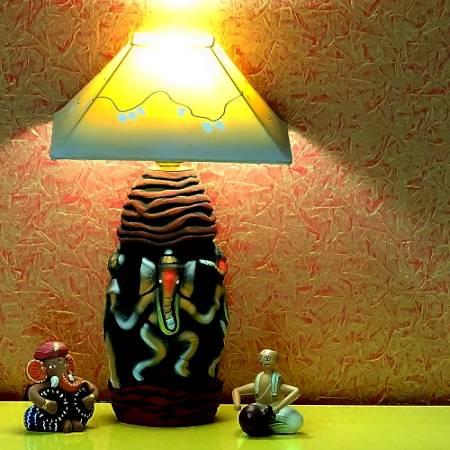
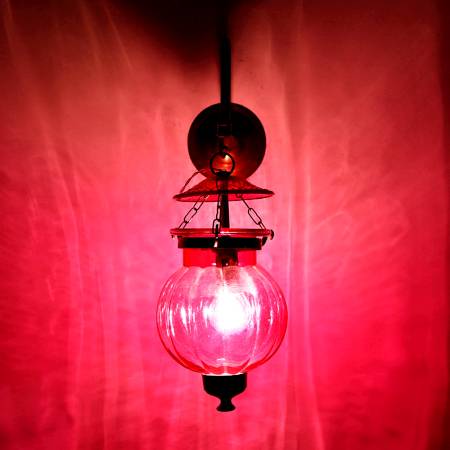

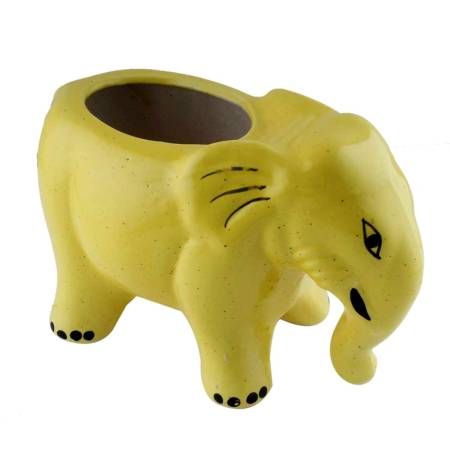
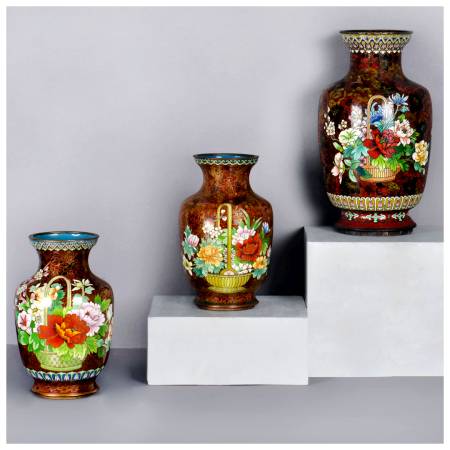
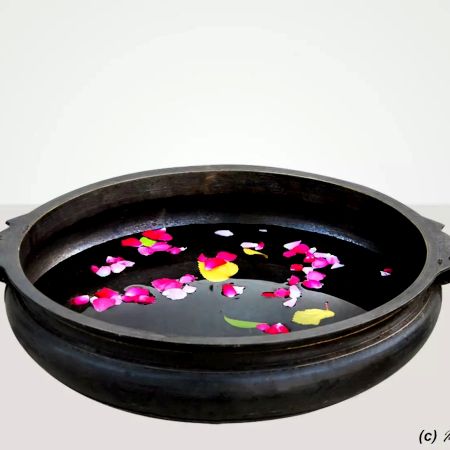
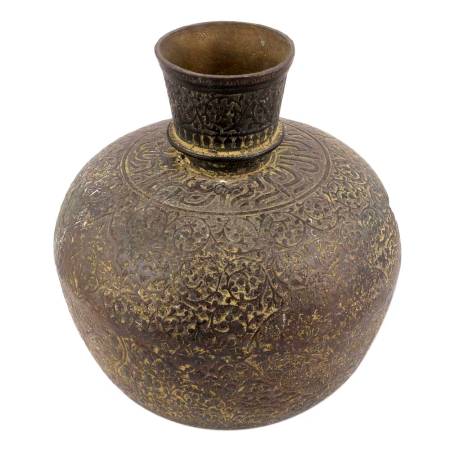
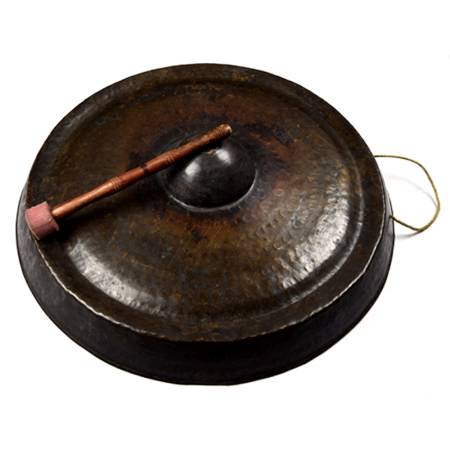

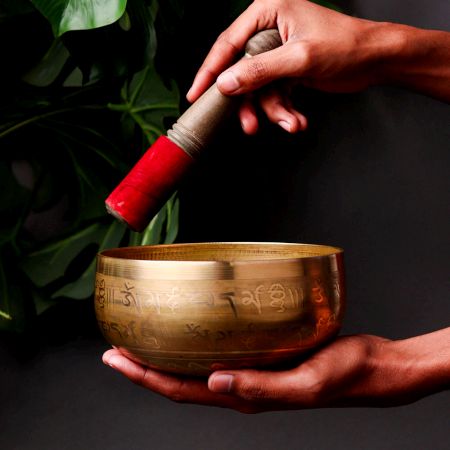
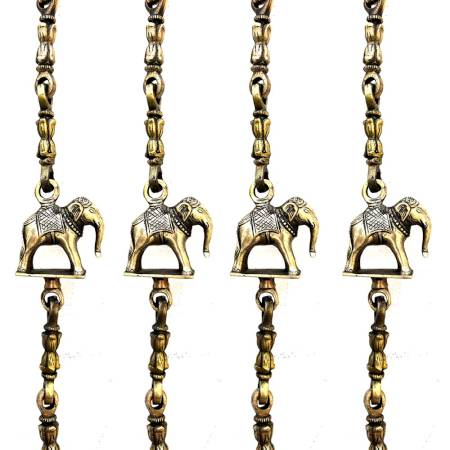
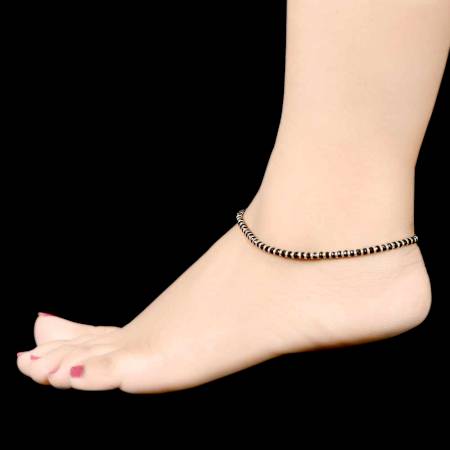
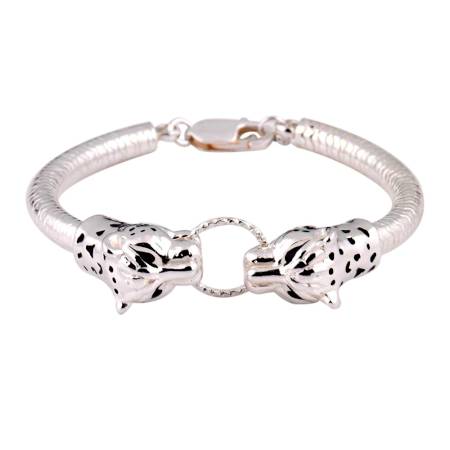
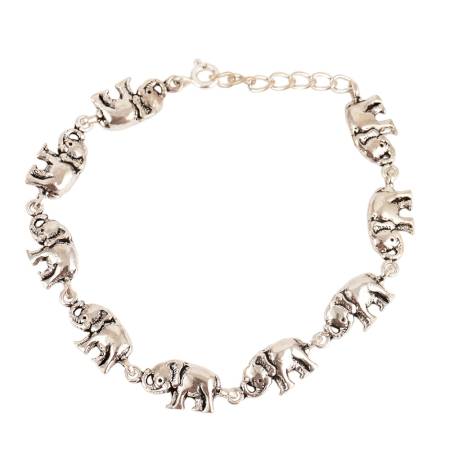
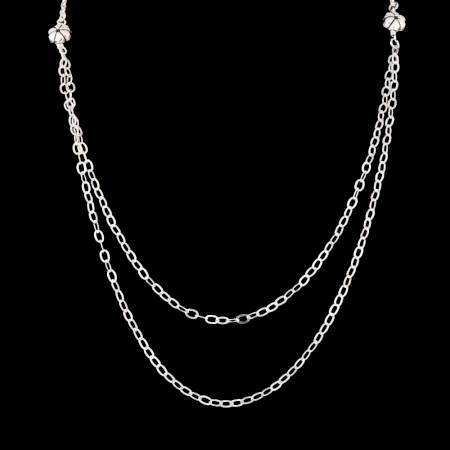
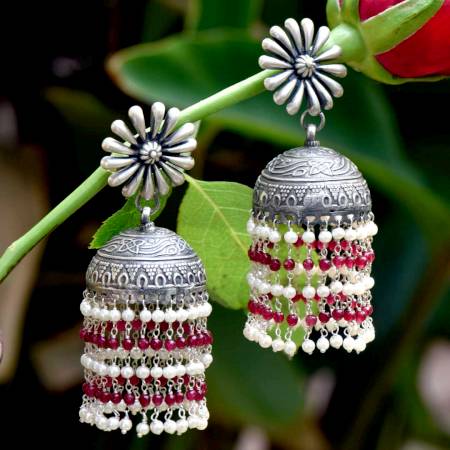
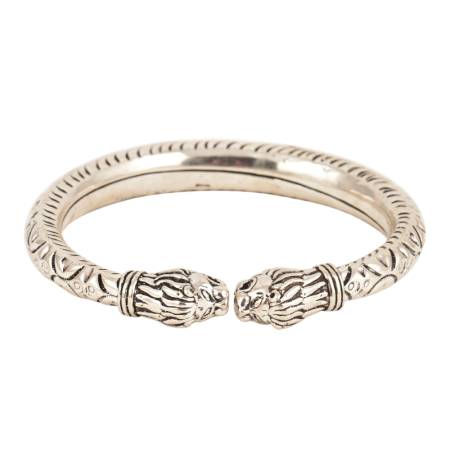
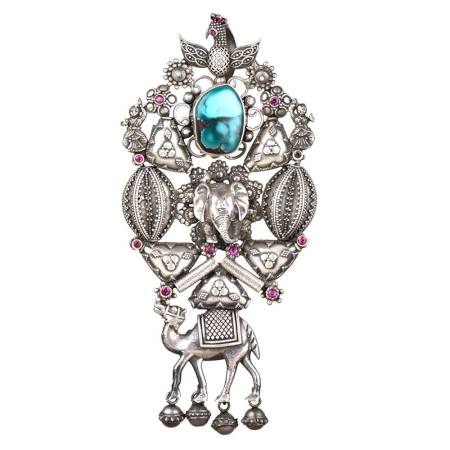
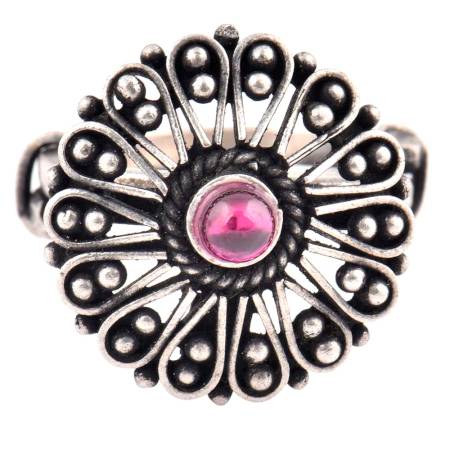
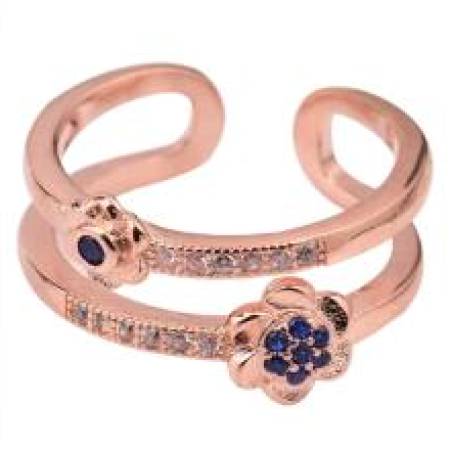
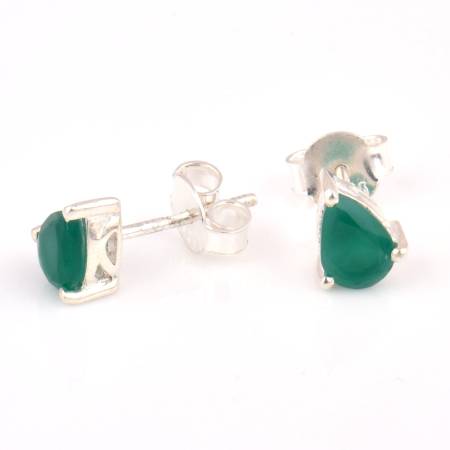

.JPG?ver=1.7)
.JPG?ver=1.7)
.JPG?ver=1.7)
.JPG?ver=1.7)
.JPG?ver=1.7)
.JPG?ver=1.7)
.JPG?ver=1.7)
.JPG?ver=1.7)
.JPG?ver=1.7)
.JPG?ver=1.7)
.JPG?ver=1.7)
.JPG?ver=1.7)
.JPG?ver=1.7)
.JPG?ver=1.7)
.JPG?ver=1.7)
.JPG?ver=1.7)
.JPG?ver=1.7)
.JPG?ver=1.7)
.JPG?ver=1.7)
.JPG?ver=1.7)
.JPG?ver=1.7)
.JPG?ver=1.7)
.JPG?ver=1.7)
.JPG?ver=1.7)
.JPG?ver=1.7)
.JPG?ver=1.7)
.jpg?ver=1.7)
.jpg?ver=1.7)
.JPG?ver=1.7)
.JPG?ver=1.7)
.JPG?ver=1.7)
.JPG?ver=1.7)
.JPG?ver=1.7)
.JPG?ver=1.7)
.JPG?ver=1.7)
.JPG?ver=1.7)
.jpg?ver=1.7)
.jpg?ver=1.7)
.JPG?ver=1.7)
.JPG?ver=1.7)
.JPG?ver=1.7)
.JPG?ver=1.7)
.jpg?ver=1.7)
.jpg?ver=1.7)
.JPG?ver=1.7)
.JPG?ver=1.7)
.jpg?ver=1.7)
.jpg?ver=1.7)
.JPG?ver=1.7)
.JPG?ver=1.7)
.jpg?ver=1.7)
.jpg?ver=1.7)
.JPG?ver=1.7)
.JPG?ver=1.7)
.JPG?ver=1.7)
.JPG?ver=1.7)
.JPG?ver=1.7)
.JPG?ver=1.7)
.JPG?ver=1.7)
.JPG?ver=1.7)
.JPG?ver=1.7)
.JPG?ver=1.7)
.JPG?ver=1.7)
.JPG?ver=1.7)
.JPG?ver=1.7)
.JPG?ver=1.7)
.JPG?ver=1.7)
.JPG?ver=1.7)
.JPG?ver=1.7)
.JPG?ver=1.7)
.JPG?ver=1.7)
.JPG?ver=1.7)
.jpg?ver=1.7)
.jpg?ver=1.7)
.jpg?ver=1.7)
.jpg?ver=1.7)
.JPG?ver=1.7)
.JPG?ver=1.7)
.JPG?ver=1.7)
.JPG?ver=1.7)
.JPG?ver=1.7)
.JPG?ver=1.7)
.JPG?ver=1.7)
.JPG?ver=1.7)
.JPG?ver=1.7)
.JPG?ver=1.7)
.JPG?ver=1.7)
.JPG?ver=1.7)
.JPG?ver=1.7)
.JPG?ver=1.7)
.JPG?ver=1.7)
.JPG?ver=1.7)
.jpg?ver=1.7)
.jpg?ver=1.7)
.jpg?ver=1.7)
.jpg?ver=1.7)
.JPG?ver=1.7)
.JPG?ver=1.7)
.JPG?ver=1.7)
.JPG?ver=1.7)
.JPG?ver=1.7)
.JPG?ver=1.7)
.JPG?ver=1.7)
.JPG?ver=1.7)
.JPG?ver=1.7)
.JPG?ver=1.7)
.JPG?ver=1.7)
.JPG?ver=1.7)
.JPG?ver=1.7)
.JPG?ver=1.7)
.JPG?ver=1.7)
.JPG?ver=1.7)
.JPG?ver=1.7)
.JPG?ver=1.7)
.JPG?ver=1.7)
.JPG?ver=1.7)
.JPG?ver=1.7)
.JPG?ver=1.7)
.JPG?ver=1.7)
.JPG?ver=1.7)
.JPG?ver=1.7)
.JPG?ver=1.7)
.JPG?ver=1.7)
.JPG?ver=1.7)
.JPG?ver=1.7)
.JPG?ver=1.7)
.JPG?ver=1.7)
.JPG?ver=1.7)
.JPG?ver=1.7)
.JPG?ver=1.7)
.JPG?ver=1.7)
.JPG?ver=1.7)
.JPG?ver=1.7)
.JPG?ver=1.7)
.JPG?ver=1.7)
.JPG?ver=1.7)
.JPG?ver=1.7)
.JPG?ver=1.7)
.JPG?ver=1.7)
.JPG?ver=1.7)
.JPG?ver=1.7)
.JPG?ver=1.7)
.JPG?ver=1.7)
.JPG?ver=1.7)
.JPG?ver=1.7)
.JPG?ver=1.7)
.JPG?ver=1.7)
.JPG?ver=1.7)
.jpg?ver=1.7)
.jpg?ver=1.7)
.jpg?ver=1.7)
.jpg?ver=1.7)
.jpg?ver=1.7)
.jpg?ver=1.7)
.jpg?ver=1.7)
.jpg?ver=1.7)
.jpg?ver=1.7)
.jpg?ver=1.7)
.jpg?ver=1.7)
.jpg?ver=1.7)
.jpg?ver=1.7)
.JPG?ver=1.7)
.jpg?ver=1.7)
.JPG?ver=1.7)
.JPG?ver=1.7)
.JPG?ver=1.7)
.JPG?ver=1.7)
.JPG?ver=1.7)
.JPG?ver=1.7)
.JPG?ver=1.7)
.JPG?ver=1.7)
